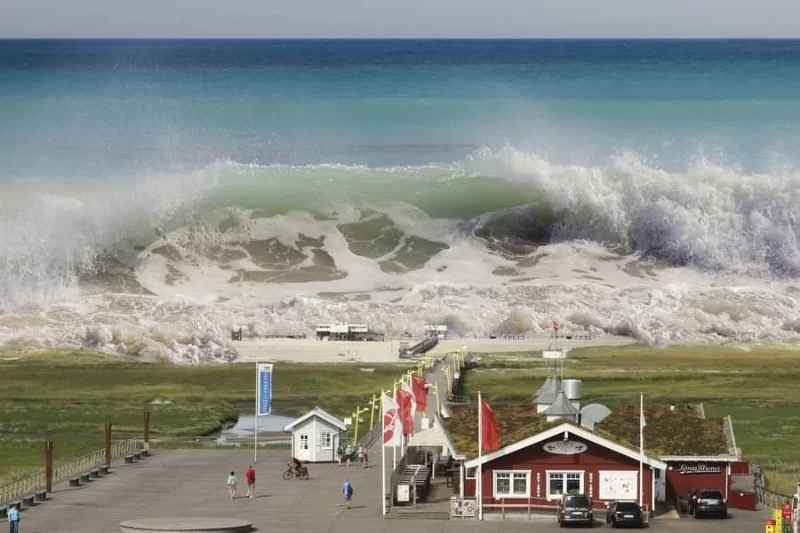- recognizing-the-importance-of-preparation - Recognizing the Importance of Preparation
- understanding-tsunami-warnings-and-alerts - Understanding Tsunami Warnings and Alerts
- planning-your-evacuation-route - Planning Your Evacuation Route
- essential-supplies-for-coastal-camping-safety - Essential Supplies for Coastal Camping Safety
- real-life-coastal-camping-experience - Real-Life Coastal Camping Experience
Recognizing the Importance of Preparation
Camping near the ocean can be a breathtaking experience, but it comes with unique risks—especially the threat of tsunamis. Understanding how to prepare for a tsunami warning while coastal camping is crucial for your safety and peace of mind. A well-prepared camper can respond swiftly to emergency alerts, reducing the risk of injury or loss. The goal is to balance the joy of oceanfront camping with a proactive approach to safety, ensuring that a beautiful getaway does not turn into a dangerous situation.
Preparation begins long before setting up your tent. Researching the area’s tsunami history, knowing the nearest high ground, and familiarizing yourself with local emergency protocols can make a significant difference in how you respond during an actual event.
Understanding Tsunami Warnings and Alerts
1. Types of Warnings
In coastal regions, warnings come in two primary forms: “Tsunami Watch” and “Tsunami Warning.” A watch means conditions are possible, and you should stay alert, while a warning means a tsunami is imminent or already occurring—requiring immediate evacuation.
2. How Alerts Are Delivered
Emergency alerts may be broadcast through sirens, text messages, radio updates, or local authorities. Coastal camping areas often have posted signs indicating evacuation routes—make sure you locate them upon arrival.
3. Natural Warning Signs
Beyond official alerts, nature provides its own warnings: sudden ocean retreat, unusual wave patterns, or a prolonged earthquake. These cues demand immediate action, even before an official announcement.
Planning Your Evacuation Route
1. Identifying Safe Zones
The safest areas during a tsunami are elevated locations well above sea level. When selecting your campsite, make sure you know the quickest path to such a spot. The route should be direct, clear, and accessible even at night.
2. Practicing the Route
Before nightfall, walk your evacuation route at least once. Familiarity with the terrain will save precious seconds in an emergency, especially when stress and fear can cloud judgment.
3. Coordination with Others
If camping with friends or family, establish a clear meeting point and a plan for assisting those who may move slower, such as children or elderly members.
Essential Supplies for Coastal Camping Safety
1. Emergency Go-Bag
Every camper should keep a compact emergency bag ready, containing essentials like water, snacks, a flashlight, a whistle, a first aid kit, and important documents sealed in waterproof packaging.
2. Communication Tools
Cell service may be unreliable during an emergency. Carrying a portable weather radio or a satellite communication device can help you receive crucial updates when other systems fail.
3. Protective Clothing and Footwear
In the rush to evacuate, you may need to navigate rocky terrain or flooded areas. Waterproof boots, layered clothing, and a rainproof jacket should always be within easy reach.
Real-Life Coastal Camping Experience
One seasoned camper shared how a trip to a Pacific Northwest beach turned unexpectedly tense when a distant earthquake triggered a tsunami watch. Thanks to prior preparation—mapping an evacuation route, keeping an emergency kit, and staying aware of alerts—the group was able to reach high ground safely and calmly. The incident served as a reminder that coastal beauty comes with a responsibility to respect nature’s power.
By taking these precautions, you not only safeguard yourself but also ensure that your coastal camping adventure remains a cherished memory. Locations like Pine Cliff Resort, while known for their serene ocean views, also emphasize safety awareness for guests who love the seashore.







